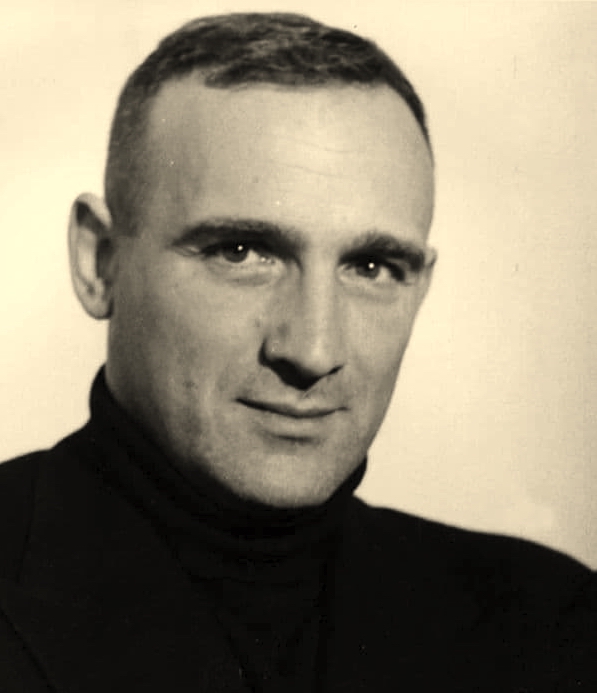|
|
| Zurlini, Valerio
 |
Date of birth
19 March 1926, Bologna, Italy
Date of death
26 October 1982, Verona, Italy
Mini biography
Valerio Zurlini (March 19, 1926 - October 26, 1982)
Born in Bologna from Parmesan parents, he studied in Rome where he graduated from college with a degree in Law. In Rome he also entered the world of theater.
He started to get interested in the world of cinema at the end of the 1940s, and between 1948 and 1953 filmed fifteen documentaries in which he revealed himself to be one of the most talented directors of short movies, with an authentic vein of inspiration that came clearly from the Realism style.
His debut in long movies took place in 1955 with Le ragazze di San Frediano (The Girls of San Frediano) from the novel by the same name by Vasco Pratolini, in which his experience as documentary director joins a narrative style that is elegant and sensitive.
“I believe that a thing lasts in time when it is done with great sincerity, great honesty of means, and with a profound inner truth; then it will last, as a small thing, but it will last.”
After this, he collaborated with Alberto Lattuada but his full recognition as an author took place in 1959 with the film Estate Violenta (Violent Summer) «a heartfelt love story on the background of a dramatic moment of Italian history – the final moments of the war – that confirms his attitude to dig in the psychological aspects of the characters and his refined elegance in the composition».
His interest for “private life” emerged in La ragazza con la valigia (Girl With a Suitcase) of 1961, an affectionate and delicate narration of the impossible love story between a young man and a ballet dancer. The film, shot in external location in the summer of 1960 in Parma, was the occasion for the movie director to reconnect with Pietro Barilla (they met in Rome in 1958 through their common friend Pietro Bianchi), who called him to direct the first series of Barilla commercials with Mina in 1965. For Barilla as well, Zurlini directed Mina in the last commercial she filmed.
A cultured man, refined and a lover of art, he gave an interpretation of deep quality to the texts by Mina and contributed to the evolution of the singer’s image. His passion for art is evident in the commercial that he directed and was contagious for Pietro Barilla who with his guidance began to frequent the world of art.
In the meantime Zurlini in 1962 was able to finally realize his project Cronaca Familiare (Family Diary), the adaptation of another work by Pratolini, where once more the poetry of sentiments is predominant. After a few lesser films, Zurlini went back to dealing with the world of sentiments but this time gravitating on existential doubts and the incumbency of death, in La prima notte di quiete (Indian Summer) of 1972.
With great skill, in 1976 he directed the cinematographic version of Il deserto dei Tartari (The Desert of the Tartars – from The Tartar’s Steppe by Dino Buzzati) that translated the most popular novel by Dino Buzzati into splendid images.
He was not a prolific author and in his last years devoted himself to teaching at the Center for Experimental Cinematography of Rome and to dubbing a good number of foreign films. (Giancarlo Gonizzi)
Director - Selected filmography
-
The Desert of the Tartars | Il deserto dei Tartari (1976)
-
BLACK JESUS | Seduto alla sua destra (1968)
-
The Camp Followers | Le soldatesse (1965)
-
Family Diary | Family Portrait | Cronaca familiare (1962)
-
Violent Summer (1959)
|
|
|
| Choose an item to go there!
|
|

